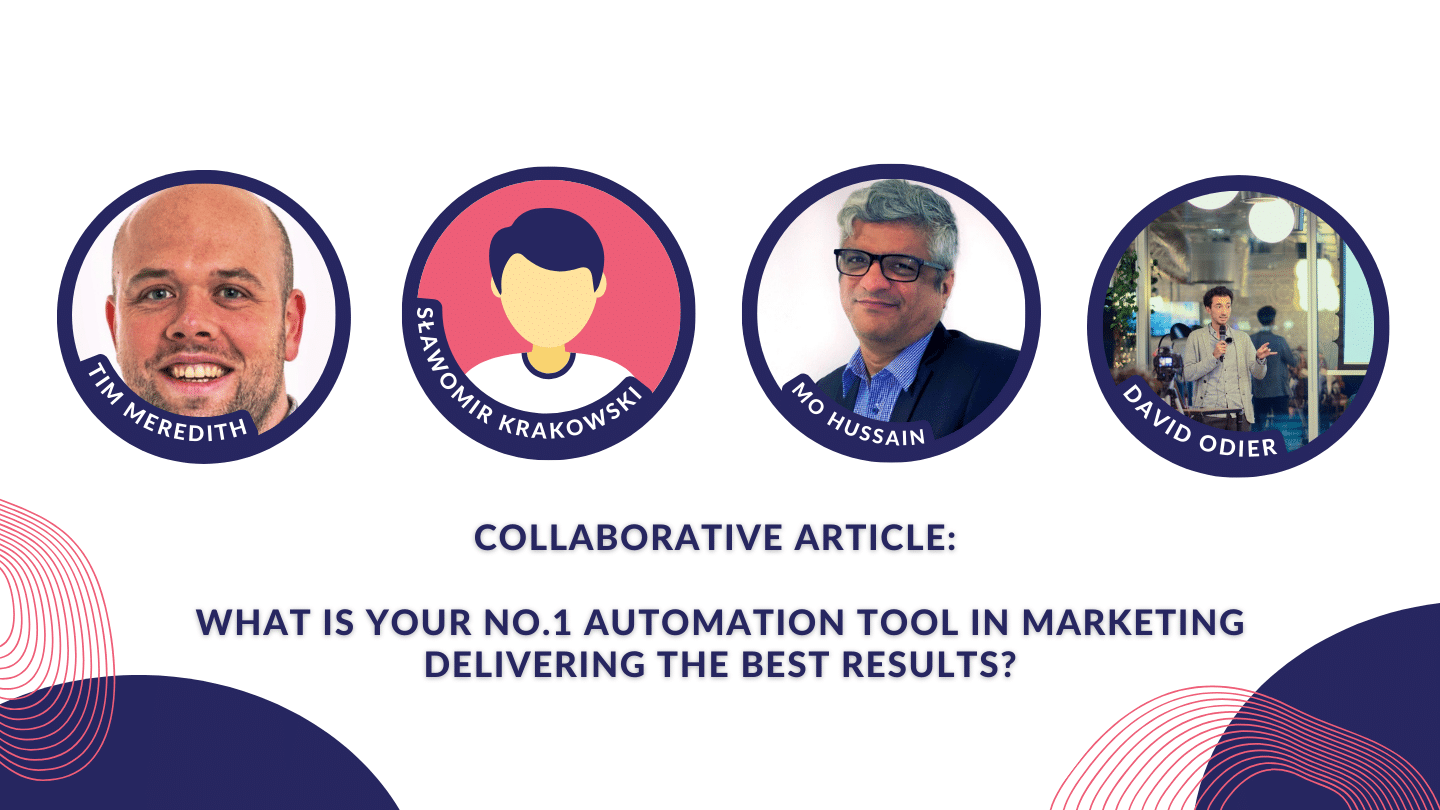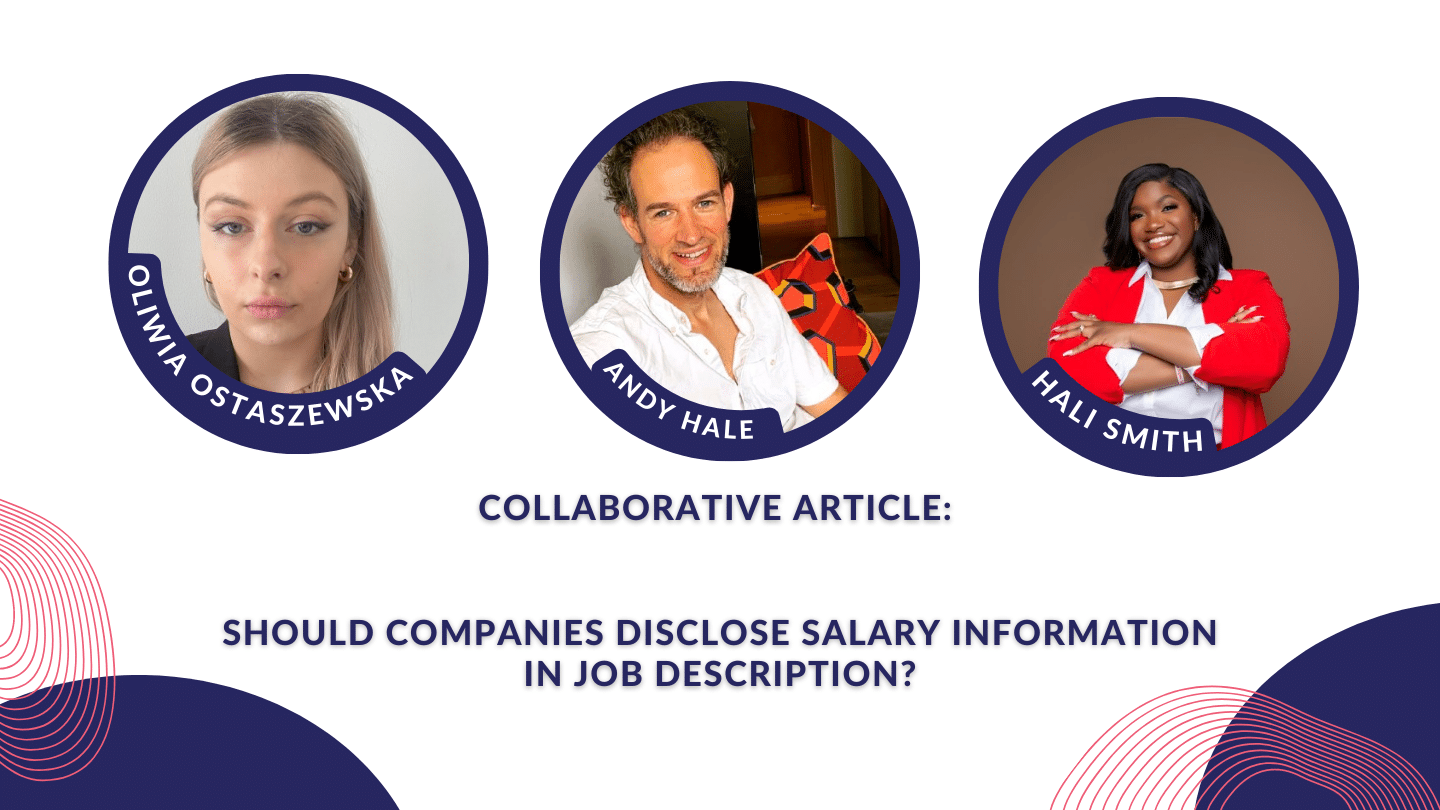"What are three key things that make a video effective in video marketing?" With the rise of video marketing and it becoming a common marketing practice, we wanted to hear... Read more
Category: Collaborative Articles
What Are Your 3 Top Tips To Build An Effective Lead Magnet?
Creating lead magnets is essential for gaining customers and making sales. Often, professionals are unsure where to start or how to improve. This collaboration gathers insights from various successful businesspeople... Read more
Collaborative Article: Share your top 3 ways to deal with negative customer feedback
Negative customer feedback is often inevitable but not always easy to deal with. With businesses only talking about their successes, it is harder to speak about the negatives. We asked... Read more
Collaborative article: What is your No.1 automation tool in marketing delivering the best results?
The use of automation tools in marketing is on the rise, offering brilliant benefits to marketers in their daily practices. To gain deeper insights, we queried various experts about their... Read more
Collaborative article: What are 3 common SEO mistakes to avoid in a content strategy?
Presenting our latest collaborative article titled "What Are 3 Common SEO Mistakes To Avoid In A Content Strategy?" In the creation of this piece, we reached out to esteemed experts... Read more
Collaborative Article: What Are Your Top 3 Chat GPT Prompts You Use Everyday As A Marketer?
Presenting our latest collaborative article, "What Are Your Top 3 Chat GPT Prompts You Use Everyday As A Marketer?" This insightful piece features expert contributions, shedding light on the most... Read more
Collaborative Article: What 3 Techniques Do You Use To Prevent Brand Burnout?
Introducing our latest collaborative article, titled "What 3 Techniques Do You Use To Prevent Brand Burnout?" In this insightful piece, we've gathered valuable contributions from industry experts who shed light... Read more
Collaborative Article: What Is Your Number 1 Tip On How To Help Businesses Increase Their Organic Traffic?
This week, we received six outstanding contributions to our collaborative article from leading industry experts. The article, titled "What Is Your Number 1 Tip on How to Help Businesses Increase... Read more
Collaborative Article: Top 3 Customer Retention Strategies Which Help Convert Clients Into Fans
Effective customer retention strategies are vital for sustained business growth. In this collaborative article, we've gathered insights from four prominent industry experts who generously share their top three customer retention... Read more
Collaborative Article: Top Tips to boost your resume’s impact
We called experts to tell us their top tips to boost resume impact. We had some brilliant answers but the two that stood out were Shashaank Bawari, engagement manager -... Read more
Collaborative Article: What Are 3 Key Elements In A Successful Performance Sale’s Pitch
Sales pitches are not an easy feat to master. It is an extremely valuable skill which is extremely effective when delivered well. We asked experts from across the UK to... Read more
Collaborative Article: Tips on how to keep yourself productive while managing a team
Mastering the art of managing a team requires a delicate blend of individual efficiency and robust leadership skills, a combination that sets the stage for both personal and collective success. It... Read more
Collaborative article: Best practices for introducing and integrating AI-powered solutions into business processes
Step into the dynamic realm of today's digital era, where the fusion of AI-powered solutions with your business processes is far more than a passing trend—it's the strategic leap that... Read more
Collaborative Article: How to align your team’s values for maximum impact
In the fast-paced world of today’s workplaces, there’s a universal truth: success shines brightest when everyone on the team shares the same values. Think of it like a powerful symphony... Read more
Collaborative article: Which KPIs Should You Track to Keep Your Team Accountable?
The first question that arises when we think about team productivity is: How do you ensure your team stays on track, accountable, and marching to the rhythm of success? Key... Read more
Collaborative article: AI in Marketing – Blessing or Curse?
In the ever-evolving landscape of marketing, AI in Marketing has emerged as a game-changer. Technological advancements in marketing have consistently played a pivotal role in shaping strategies and outcomes. With... Read more
Collaborative Article: What are Effective Approaches for Organisations New to ESG Practices?
In an era where environmental, social, and governance (ESG) practices have become pivotal not just for corporate reputation but also for long-term sustainability, organisations are finding themselves at a crossroads.... Read more
Collaborative Article: How to handle job rejection?
Receiving a job rejection email can be discouraging during a job search. However, it is important to explore the potential silver lining within such situations. How can candidates effectively respond... Read more
Collaborative article: Should companies disclose salary information in job description?
In an era marked by increasing demands for transparency and fairness, the traditional veil of secrecy surrounding salary information has come under scrutiny. Job seekers, employees, and advocates for workplace... Read more
Expert Panel: How to Develop a Content Strategy
Developing a content strategy can be a daunting task, but it's an essential one for any business or organisation looking to effectively reach and engage their target audience. With so... Read more
























